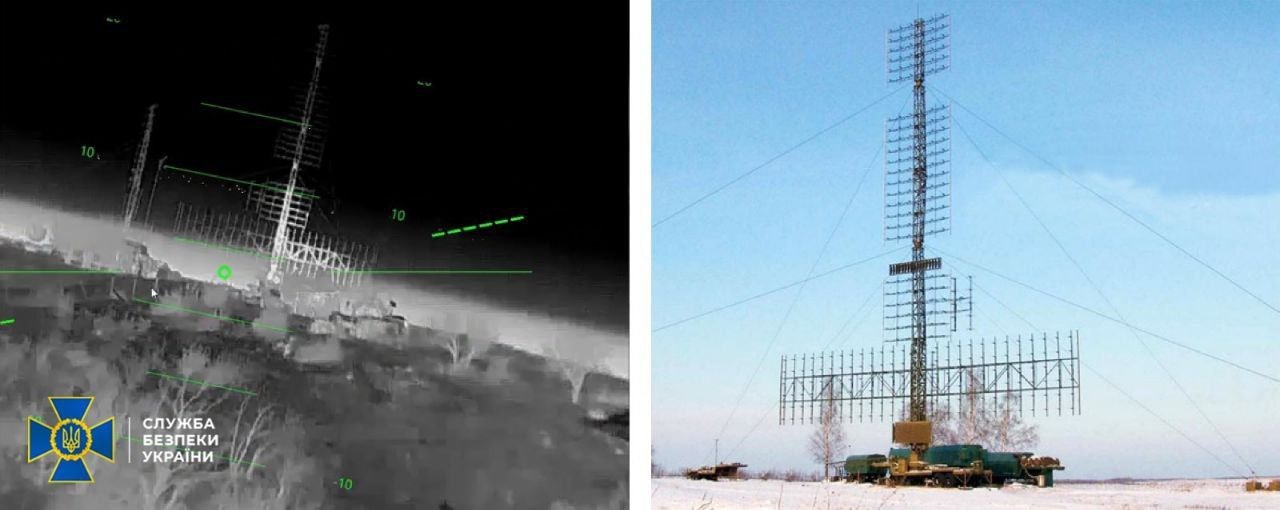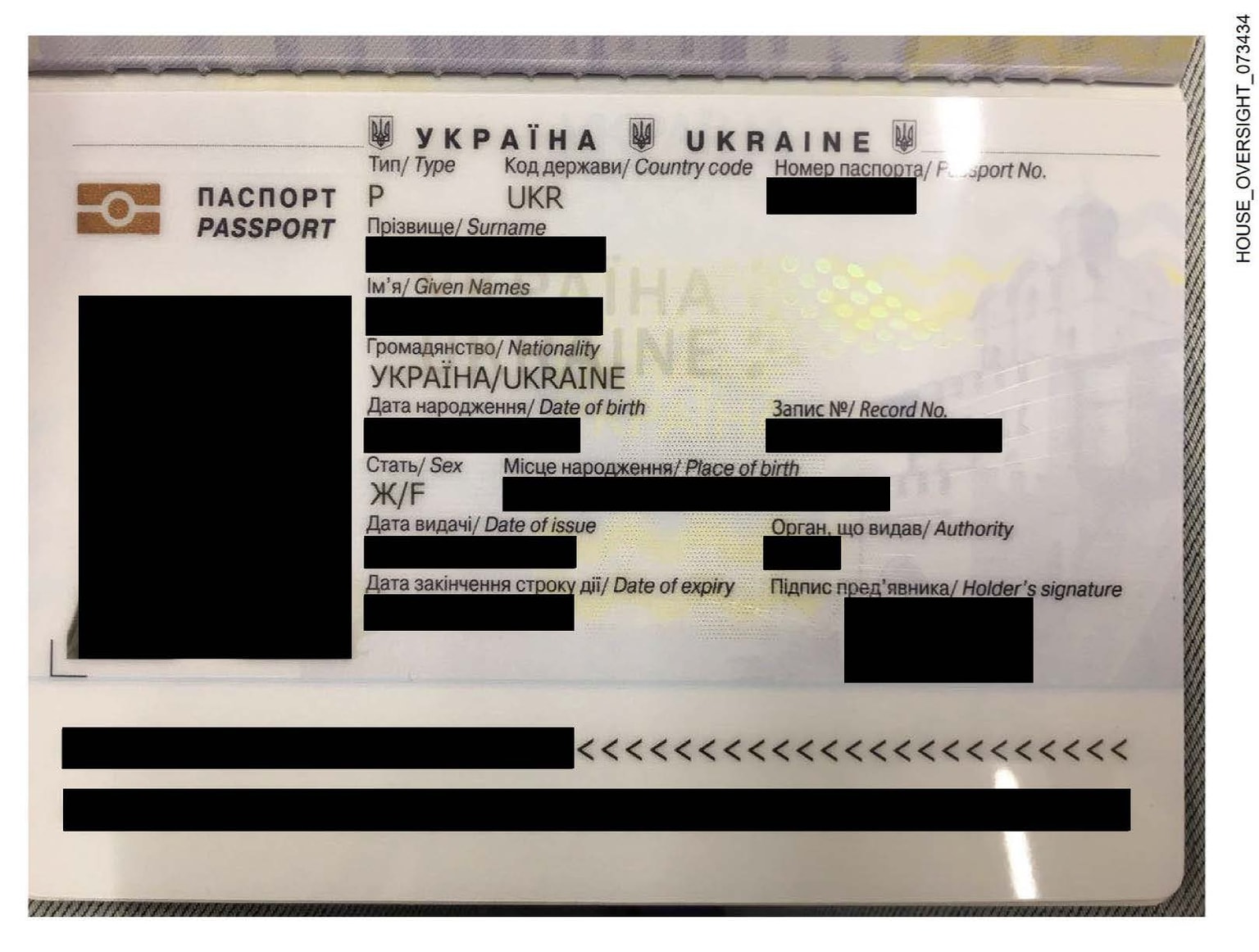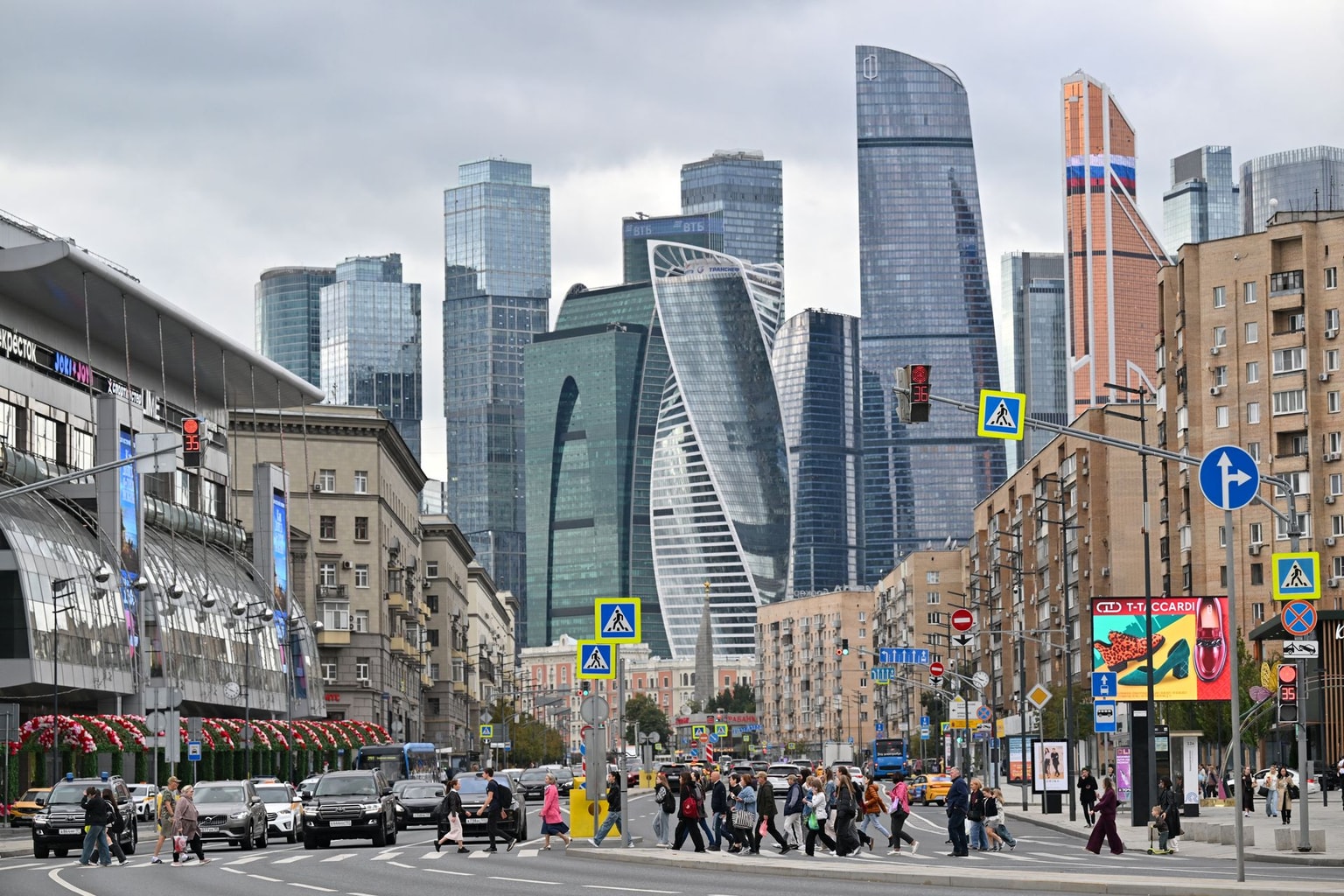
As military options dwindle, US support is key to Ukraine's peace talks
Ukraine’s fate hinges on Washington, as exhaustion, dwindling resources, and shifting U.S. policies raise the stakes in the fight for survival.
A Ukrainian soldier takes cover in a trench during shelling near Bakhmut, Donetsk Oblast, Ukraine, on March 8, 2023, amid Russia's war against Ukraine. (Aris Messinis/AFP via Getty Images)
Ukraine is exhausted. Low on manpower, ammunition, and, most importantly, morale, the country is slowly reckoning with the fact that the ongoing war may be unwinnable on the battlefield — at least for now. According to a Gallup survey published on Nov. 19, 52% of Ukrainians now say they want their country to negotiate an end to the war “as soon as possible.” However, the terms of such a settlement would depend on Washington as much, if not more, than on Kyiv.
U.S. President-elect Donald Trump has been vocal about Russia’s all-out war against Ukraine, often making remarks in support of Moscow rather than Kyiv. He has promised to end the war within “24 hours,” without providing details, and called Ukrainian President Volodymyr Zelensky “the greatest salesman.” Trump and his allies have blocked a $61 billion aid package critical to Kyiv’s war effort for over six months.
Trump’s son, Donald Trump Jr., has vocally opposed outgoing U.S. President Joe Biden’s decision to allow Ukraine to strike targets deep inside Russia with Western-provided long-range missiles. These developments have unsettled Kyiv.
Another concerning development is Trump’s nominations for key positions, including individuals with controversial views on Ukraine. Among the most contentious are Tulsi Gabbard, his pick for director of national intelligence, and Pete Hegseth, a candidate for defense secretary. The stance of Keith Kellogg, nominated as a potential special envoy for Ukrainian peace, remains to be seen.
In March 2022, Gabbard echoed Russian propaganda by promoting false claims that Ukraine was hosting “U.S.-funded biolabs.” She also warned that U.S. sanctions against Russia could trigger nuclear war. Meanwhile, Kellogg co-authored a peace plan proposing to freeze the front line in Ukraine, delay NATO accession indefinitely, and partially lift sanctions on Russia.
These statements and nominations have fueled concerns in Kyiv and Moscow that the new administration will push to freeze the war along current front lines. But both sides are likely to reject such a proposal.

“The (Russian) president has repeatedly said that any option of freezing the conflict won’t work for us,” Kremlin spokesperson Dmitry Peskov told reporters on Nov. 20. “It’s important for us to achieve our goals.”
Russia’s goals include occupying more territory in Ukraine’s Donetsk Oblast and pushing Ukrainian forces out of Russia’s Kursk Oblast. Moscow may also aim to retake northeastern Kharkiv Oblast, with Russian forces currently threatening Kupiansk, a city liberated by Ukraine in September 2022.
Russia’s steady advances in eastern Ukraine, combined with its attacks on Ukraine’s energy infrastructure, give Moscow leverage in potential peace talks. Ukrainian lawmaker Oleksandr Merezhko has warned that Russia’s demands far exceed what Ukraine can offer. Moscow has already declared the annexation of four Ukrainian oblasts — Donetsk, Luhansk, Zaporizhzhia, and Kherson — despite not fully controlling them.
"Russia’s steady advances in eastern Ukraine, combined with its attacks on Ukraine’s energy infrastructure, give Moscow leverage in potential peace talks."
“(Russian President Vladimir) Putin cannot backtrack on annexations,” Merezhko told the Kyiv Independent.
Russia is also expected to demand that Ukraine abandon its NATO aspirations.
Caught in this dire situation, Ukraine faces a difficult balancing act. A source in Zelensky’s office, speaking anonymously, said Kyiv will not agree to freeze the war along the current front lines. Such an arrangement would leave Ukraine vulnerable, allowing Russia to regroup and rearm.
“Many of our fellow citizens will be hurt by these words, but the defense of Kursk Oblast is a higher priority than the Kurakhiv bridgehead, Donetsk, and Luhansk oblasts,” said Dmytro Zhmailo, a military expert and executive director of the Ukrainian Security and Cooperation Center.
Holding Russian territory could prevent peace talks on Moscow’s terms, as the Kremlin has stated it will not negotiate while Ukraine controls any part of Russia. Meanwhile, Ukraine must maintain morale while engaging with Trump’s incoming administration to promote the idea that supporting Kyiv serves U.S. interests.
In September, Zelensky presented Biden with a “victory plan,” outlining steps needed for Ukraine to continue its fight. While the plan received little enthusiasm, two proposals reportedly caught Trump’s attention: Ukrainian troops replacing U.S. forces in Europe and sharing Ukraine’s critical natural resources with the U.S. and its allies.

Over the past few months, Ukrainian leadership has shown greater openness to peace talks, even with limited leverage. Kyiv hopes to push the U.S. toward stricter sanctions on Russia and a stronger negotiating position for peace talks expected next year.
However, whether these talks will yield results remains uncertain. Ukrainian officials insist that any agreement must provide security guarantees, ensure Ukraine’s independence, and restore at least some territories occupied by Russia.
The potential shift in U.S. policy under Trump has alarmed not just Kyiv but also its allies in Europe. Countries like Poland, which share a direct stake in Ukraine’s survival and regional stability, are already bracing for the impact of a reduced American commitment.
Poland, in particular, has emerged as a key player in rallying European support for Ukraine. Polish Prime Minister Donald Tusk, drawing from his experience in the European Council, has expressed concerns about Trump’s unpredictability and its implications for Ukraine. He warned that we must expect the worst, and that a forced ceasefire on Putin’s terms could lead to renewed conflict and greater instability in Eastern Europe.
Poland is leveraging its defense spending — nearly 5% of GDP — and its strategic purchases of American weapons to assert its commitment to NATO and transatlantic security. Warsaw hopes to use this position to persuade Trump to maintain U.S. support for Ukraine. At the same time, Poland and its regional partners are preparing contingency plans, including potentially forming a coalition of willing nations to continue military aid if U.S. support falters.
Yet, even with such efforts, Europe faces significant challenges in maintaining the flow of military supplies to Ukraine. Production levels have not yet scaled up to meet demand, and some Western European leaders remain hesitant about deeper involvement.
Ukrainians are exhausted, and for now, a military solution seems out of reach. The trajectory of peace talks, however, will largely depend on Washington. There is a golden opportunity to persuade the new administration to take decisive action.
Ending the war for good is within reach, but it will require granting Ukraine NATO membership and reclaiming territories currently occupied by Russia. The U.S. has the leverage to compel the Kremlin to negotiate and to force meaningful concessions. Key economic tools include lowering global oil prices, tightening sanctions enforcement, and cutting off Moscow’s ability to sustain its war effort financially.
To support Ukraine, the U.S. could also tap into frozen Russian assets to fund the military hardware Ukraine still needs. A critical window of opportunity is on the horizon, and the U.S. has the tools to seize it. Now, it’s up to Kyiv to convince Trump that this is the path forward.
Editor’s Note: The opinions expressed in the op-ed section are those of the authors and do not necessarily reflect the views of the Kyiv Independent. This article was created as part of the Thematic Networks of PULSE, a European initiative promoting transnational journalistic collaborations.











